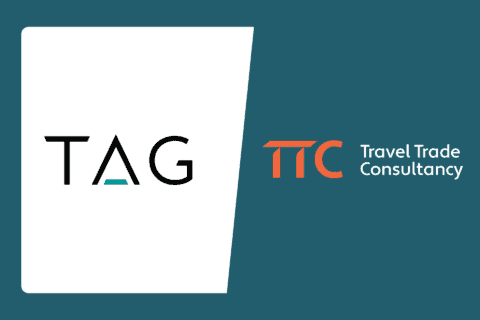As far as financial assessments go, the CAA’s old Free Asset Test definitely had its problems.
You could think of it as like a cantankerous old grandad.
It spent most of its time looking backwards at historic events; it threw out some strange opinions every now and then and it missed a lot of what was really going on.
Ultimately it wasn’t really working very well.
So its been bundled off to Dignitas to be replaced by a younger, fresher approach.
The CAA introduced its new ATOL Financial Test in June 2016, radically changing the way it financially assesses ATOL holders with less than £20m ATOL turnover per year.
Here is our summary of the new approach, together with our insights on what they mean in practice for ATOL holders. We’ve also included some tips for ensuring your next renewal goes smoothly.
If you have any questions, comments or insights you’d like to share with us, please get in touch.
What is the new ATOL Financial Test?
The new Financial Test comprises a weighted score based on a series of 7 financial ratios:
- the first 4 apply to Small Business ATOL holders (ie those carrying less than 500 ATOL passengers and £1m ATOL turnover annually).
- all 7 apply to Standard ATOL holders carrying up to £20m turnover annually.
- Companies with ATOL turnover greater than £20m are still subject to a separate, individual assessment and the ratios do not apply to them.
The financial ratios are:

ATOL applicants will receive a binary pass or fail result. For those that fail, they will be advised on the required cash injection to cure the position and pass the Financial Test.
While the CAA has released which financial ratios make up the Financial Test, they have not released any detailed guidance on what each individual ratio needs to meet to “pass”.
This creates an obvious problem when trying to make key business decisions. If you don’t know what ratios are required to satisfy the regulator, how do you know for example:
- how much dividend can be paid?
- what can be spent on capex or marketing?
- what is “free cash”?
One way around this is to use the ATOL Self Assessment Tool (ASAT) which allows you to submit draft accounts and receive an indication of the CAA’s assessment. You can submit multiple times enabling you to iterate when calculating dividends. However, the results aren’t always instant. Nor are they binding until you submit your final accounts.
Some guidance courtesy of TTC
In an effort to provide some further guidance, we analysed the data from 70 of our clients who renewed their ATOLs in September 2016 and we learned the following:
-
What it means for Small Business ATOL Holders
If you’re a Small Business ATOL (SBA) holder, it’s likely this will be the first time you have had to submit financial information. Our analysis of our SBA clients who renewed in September 2016 showed the following average scores:

- a current ratio of greater than 1 and a leverage ratio of less than 1 were the leading indicators of passing the Financial Test;
- Many businesses were being financially assessed for the first time and were asked for cash injections or security bonding. In some cases, these were material amounts.
2. What it means for Standard ATOL holders with ATOL turnover < £20m
For Standard ATOLs our data indicated the following results:

- The profitability ratio and cash ratio were leading indicators of satisfying the CAA;
- Some operators did not pass the Financial Test as an SBA but managed to pass as a standard!
Tips for a smooth renewal
Here are our top tips to ensure your renewal goes as smoothly as possible.
Make sure you have appointed an ARA
The CAA introduced the ATOL Reporting Accountant scheme in 2016 and will only accept reporting from registered ARAs so make sure your accountant is on the ARA register. In the previous renewal, many ATOL holders left it last minute to appoint an ARA meaning they either didn’t get their ATOL renewed on time, or they paid a hefty fee for a new accountant to step in at short notice.
Use the ASAT
The CAA has introduced the ATOL Self Assessment Tool (ASAT) which you can use to get an initial indication on how the CAA is likely to assess your accounts and will give an indication of any likely cash injections required.
Pro tip: you’ll get a much quicker response from the CAA if you press the submit button rather than email a pdf of your ASAT.
Get in early
Invitations to renew your ATOL normally go out 4 months before the deadline. Ensure your accounts are ready on time and your ATOL application has been submitted as quickly as possible to ensure your renewal is processed. If you’re late to the party you run a real risk of not having your ATOL renewed which means you wont be able to sell air holidays.
The renewal fee also increases if you submit later than 2 months before the deadline.



